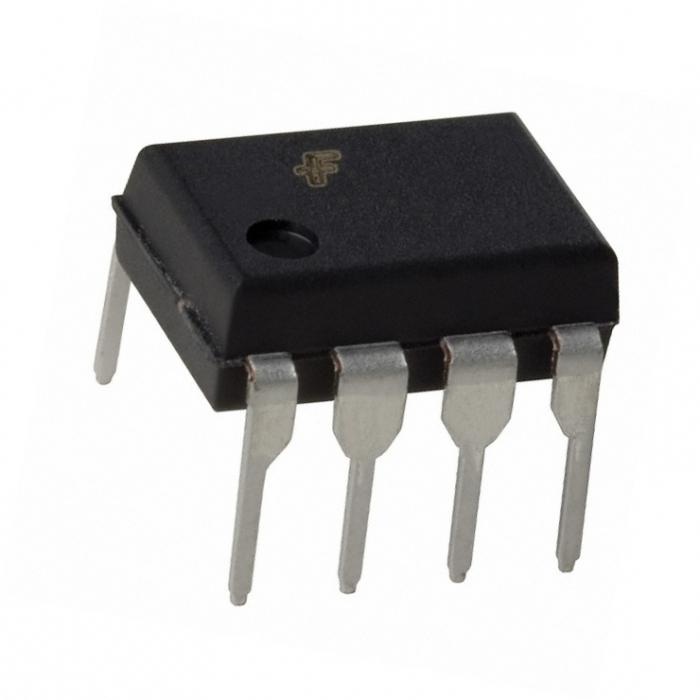After the first successful experiments, every amateur radio enthusiast, having felt the sweetness of his victories, wants to try to do something real. Not a toy, but a really working full-fledged thing. For this, a makeshift simple headphone amplifier, which with skillful handles can be assembled in just a few minutes, is perfect.
Where can I apply it? Firstly, for its intended purpose, namely to amplify the signal from the timbral block or preamplifier, that is, where the audio signal is too weak, and it is impossible to connect headphones. In this case, you can make a headphone amplifier with your own hands.
Secondly, it is useful as an additional tool. A portable headphone amplifier is quite applicable for testing circuits. After all, often there is a need to find a place for a signal break in the new circuit that you have assembled, but it does not want to work. For example, you made the same headphone amplifier with your own hands. He will help in finding the cause of the malfunction. With it, you can very quickly find the point at which the signal disappears. Indeed, this often happens because of a trifle: a part is badly missing, a faulty capacitor, etc. Visually or with a tester, the cause can be difficult to find.

Making a headphone amplifier with your own hands is simple, because a mono circuit consists of only five parts. It is based on the TDA7050 chip, which costs 30–80 rubles. But, I think that in your stock of radio components that anyone who is keen on this business always has, there is such a chip. It was often used in cassette players and other simple devices reproducing sound.
On the same chip, you can make a stereo headphone amplifier with your own hands. To do this, you will have to add two polar capacitors to the output (one common can be), and the input
volume control can be made from a dual
variable resistor.The chip itself is a
power amplifier in a normal-sized housing (DIP8). Operating voltage from 1.6 to 6 volts. It does not consume much energy. The output power depends on the supply voltage. In the stereo version, with a load of 32 ohms and a voltage of three volts, you get about 130 milliwatts per channel output. When connected via a bridge circuit in the mono version, the power is doubled. The output of the microcircuit has
short circuit protection
.The schematic diagram is shown in Figure 1. The input signal is fed to pins 1 and 3, and 32-ohm headphones are connected to pins 7 and 8. According to the technical conditions in bridge mode, the load should not be less than 32 ohms. To smooth the voltage, capacitors C1 and C2, 100 and 0.1 μF, respectively, are connected to the power bus. The resistance of the resistor R1 is 22 kOhm. Well, perhaps the whole description of our first model.
The second circuit from Figure 3 is often used in small-sized factory-made devices. Make it a little harder. The diagram displays all the necessary details. Figure 2 shows the same circuit for connecting speakers. As you can see, the difference is small. In the circuit, for the speakers, polar capacitors are used in each output channel, and for headphones, there is a common capacitor in the place where the circuit case is connected to them.